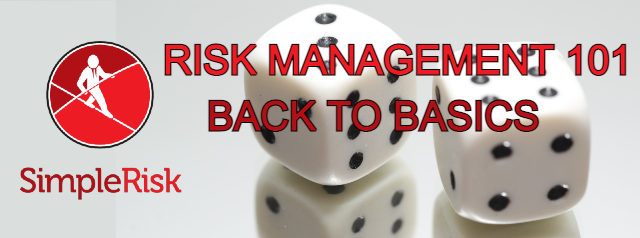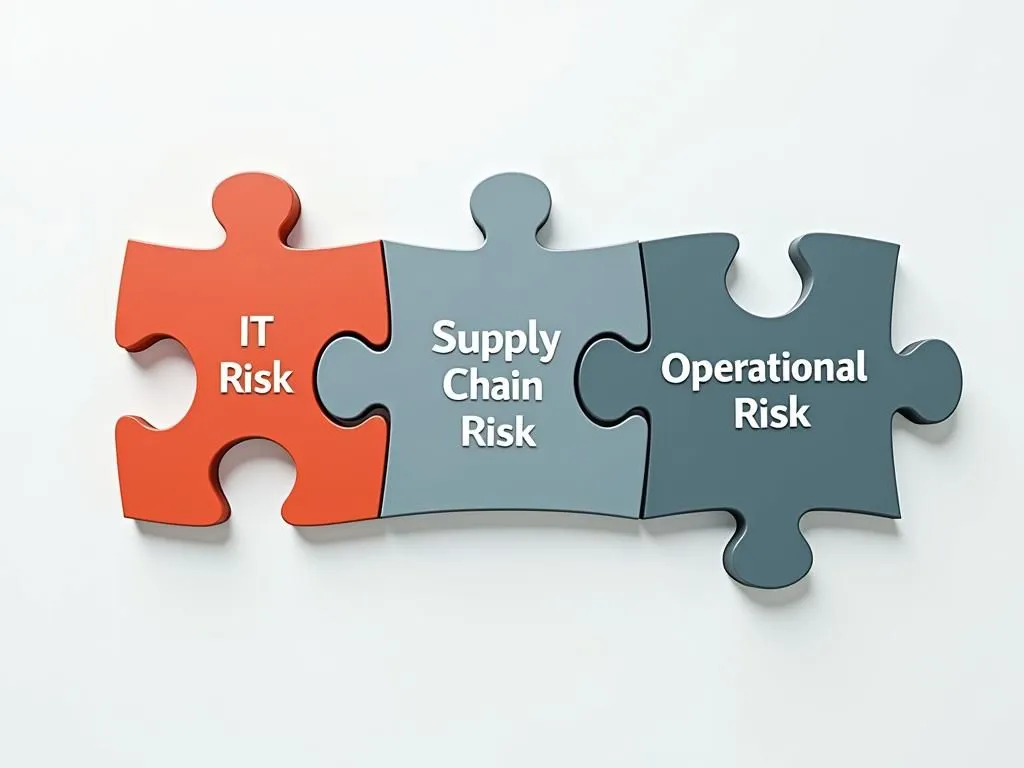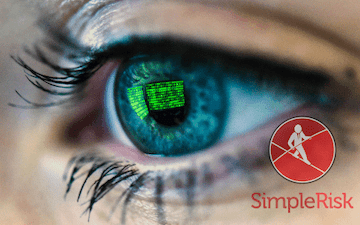In this blog, let’s go back to the basics and break down what enterprise risk management is and how you can use it to mitigate the risks that threaten your organization. Our goal is to provide you with an effective risk management blueprint that’s repeatable, scalable and will help prepare you for what to expect throughout the process.
What is risk management?
Enterprise risk management is a strategy implemented to help prepare for any potential harm that may interfere with your organization’s ability to effectively operate.
What is the goal of risk management?
The goal of risk management is to ensure that your management team identifies, analyzes, ranks and responds to risks that may adversely affect your organization.
What factors affect risk management?
There are a number of factors that influence how you respond to a risk, such as the likelihood of the event happening and the potential impact it would have on your organization. Assessing the risk can help you determine whether to accept, mitigate, or transfer the risk to another party. This helps effectively and efficiently prioritize and address issues.
What are common questions to address when first establishing a risk management program?
- How do I identify risk?
- How can employees be encouraged to communicate risk they may uncover?
- How can I effectively rank risk severity to prioritize mitigation efforts?
- How do I set up a risk mitigation process?
- Who should be responsible for risk mitigation?
- How can the risk mitigation life cycle be tracked effectively?
- How often should risks be reviewed?
- How can risk be communicated to management?
Check out our blog, "8 Simple Ways to Effectively Launch Your GRC Program," to explore these questions in further detail.
What does the risk management process entail?
The risk management process includes identifying, assessing, ranking and responding to risk and then monitoring risk through the mitigation life cycle. Following this process allows you to convey risk and to drive visibility and accountability up the management chain. We’ll dive in a little deeper to each step in the process below.
1. Identifying and Assessing Risk
There are many different frameworks that can be used for risk management, but the first step will always be documenting and then assessing your risks. The repository of active risks is referred to as a “risk registry.” After completing your risk registry, an assessment must be completed to determine how you will mitigate each of your risks. Completing a risk assessment will help to highlight any threats of vulnerabilities to your organization, the potential effect of the risk, and the likelihood of it occurring. Understanding the potential impact of the threat as well as how likely it is to occur can help prioritize next steps. Both internal and external (third-party) risk assessments can be completed to determine your risk mitigation. Risk assessment will be an ongoing process and is not meant to be a one-time project. As your company evolves and your GRC program matures, you will undoubtedly need to revisit your assessment and make appropriate updates.
2. Responding to Risk
After you have compiled your risk registry and assessed your risks, the next step is to determine your risk response. The purpose of responding to risks is to ensure a consistent, unified message throughout your organization by creating an action plan. Evaluating risks should take into account what risks leadership is willing to accept versus those that require mitigating action. The decision they make will vary from one organization to another (this is referred to as “risk appetite”) and from one risk to another. In SimpleRisk, we represent this line of risk tolerance with a configurable Risk Appetite slider. Defining your risk appetite can help you determine which risks present the biggest risk for your organization and require more immediate prioritization.
3. Monitoring your Risks
After responding to your risks and specifying whether you are approving or rejecting the risk, you can define the next step (accept until the next review, consider for a project, or submit as a production issue), and add any commentary for the risk. Based on the risk severity, a next review date for that risk should be established, ensuring the risk will be re-reviewed on a regular cadence. The purpose for monitoring your risks over time is to measure their ongoing success, ensure organization-wide compliance, and determine if any updates to risk mitigation should be enforced.
Risk Reporting
To measure the effectiveness of your risk management program, you will need to report on your data in a meaningful way. We recommend regular reporting and analysis on the items below to be proactive in monitoring your risk management program:
- Risk Appetite - This will show you the risks that fall outside of your defined "risk appetite" level. Risks inside of your appetite can likely be accepted while risks outside of your appetite should be mitigated or transferred.
- Risk Advice - This will show you the risks with the lowest level of effort and the highest risk score. This is helpful in identifying opportunities for easily addressing risks that will result in a high impact for your organization.
- Risks Associated with Assets - This will show you all of the risks that are associated with a specific asset. This is helpful in identifying which assets are harboring an excessive amount of risk and should be patched or retired.
- Assets Associated with Risks - This will show you all of the assets that are associated with a specific risk. This is helpful in highlighting the risks with significant impacts across your organization. If you have defined values for your assets, then this can even help you advance your maturity from qualitative to quantitative risk assessment.
- Controls Associated with Risks - This will show you all of the controls that are associated with a specific risk. This is helpful in determining all of the mitigating controls that exist for a given risk and discovering where there may be a lack of depth in your defenses.
- Risks Associated with Controls - This will show you all of the risks that are associated with a specific control. This is helpful in identifying the effects that a control failure has for your environment.
In conclusion, risk assessment and management are part of an ongoing process that requires significant tracking and analysis to be done efficiently. We hope this high level explanation has helped provide some insight into the steps involved in effectively managing risk for your organization. For more information about how SimpleRisk can help establish your risk management program, visit our Risk Management Solution page.
If you’d like to learn more about SimpleRisk or try it out for yourself, we offer several options:
- Download SimpleRisk Core and install in minutes to begin utilizing our free and open source platform.
- Start a 30 Day Trial for free unlimited access to your own dedicated instance of SimpleRisk with all of the SimpleRisk Extras.
- Schedule a Demo for a live demonstration of the application, covering topics such as using SimpleRisk to manage your risks, governance, compliance, risk assessment, and reporting.
Want to see more content like this? Sign up for the SimpleRisk mailing list to stay informed!
Related posts:
8 Simple Ways to Effectively Launch Your GRC Program





